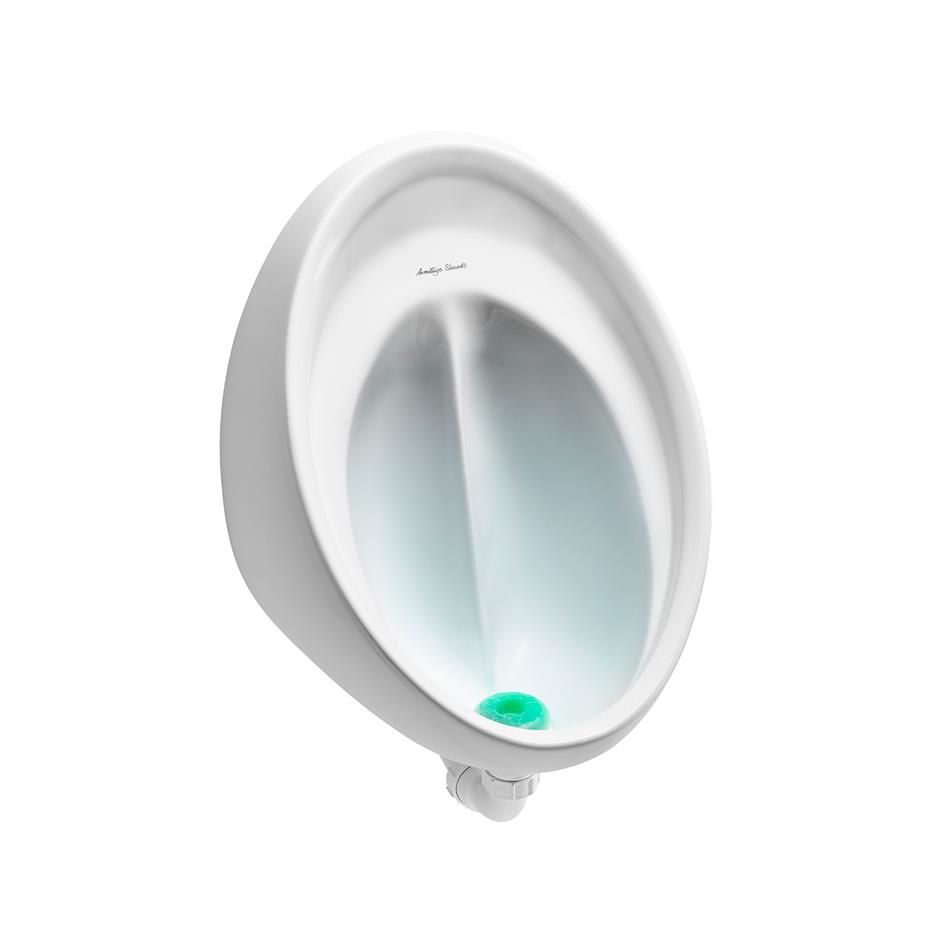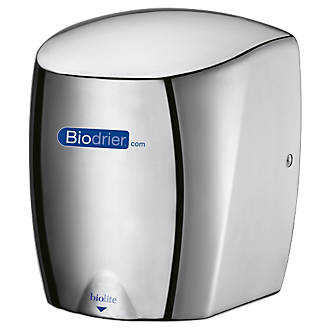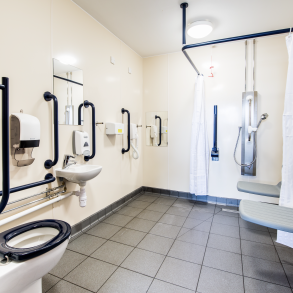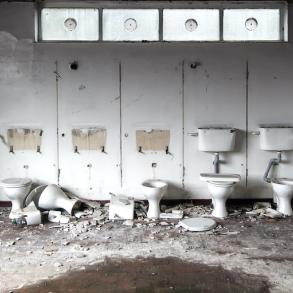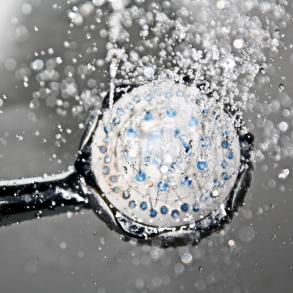Whether eco-efficiency and energy-saving ideas are important to your business, or you’re just looking for ways to ensure against rising energy bills, upgrading commercial washrooms to become a highly efficient eco-friendly ones is now a growing area of interest across most sectors.
One of the brilliant things about many of the modern water and energy-saving options available is that they can be put to work without having to completely overhaul your washroom and bathrooms. As well as being factored into a complete refurb, you can also easily employ just one or two features and still enjoy a healthy reward in energy and water savings.
Here we walk through just some of the best energy-saving steps to an eco-friendly washroom:
Convert your urinals to waterless…
Waterless urinals have become a big thing in the past few years with a wide range of commercial environments now turning over to them. The waterless urinal works thanks to a special cartridge that is placed in the waste outlet of the urinal. This cartridge filters the water of any large pieces and also stops foul smells from rising up from the waste pipe. You can, of course, find a variety of brand new waterless urinals that can be installed into your washroom, but in many cases, your existing urinals can just as easily be converted over to waterless.
So how do they work?
Waterless urinals still drain into the mains' sewage, but they remove the need for mains water to be fed to them, which is usually used to flush and rinse the urinal. As a rule of thumb, each waterless urinal installed can save a business up to £400 per year in water and sewerage charges alone. Across a busy shopping centre, college or school, that can amount to quite a hefty saving.
Sensor activation
The move to sensor-activated water outlets is a fast-moving one with washrooms across all sectors now adopting the technology. Installing any sensor activated units will vastly improve the hygiene in your facilities as users will never need to physically touch the tap or toilet flusher. In many cases, full sensor activation is carried out by installing sensor flush units, sensor taps, and sensor operated hand dryers. This flow of non-touch usability makes for one of the most hygienic washrooms available but also delivers other benefits too.
Sensors only let the water or electricity flow for a set period of time, this eliminates the risk of taps being left on and prevents accidental water wastage and flooding. You’re also likely to use much less water in your washroom too.
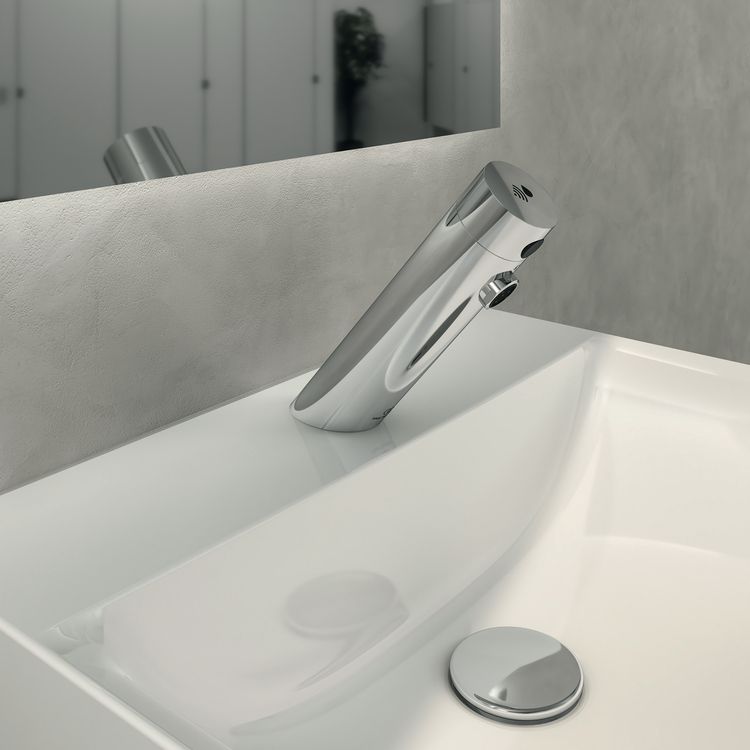
PIR lighting
While we are on the subject of sensors, spare thought for PIR (Passive Infra-Red) lighting. By installing these clever sensors, the lights will only come on when someone is actually in the room. The lights will burn for a set period of time, which can usually be adjusted to suit, and means they can’t accidentally be left on to waste electricity.
This should also be partnered with the use of LED lighting, which burns at a much lower wattage and can deliver huge savings on your company’s electricity bills.
Low volume cisterns
The move to low-volume cisterns is another great way to combat water wastage. Low volume toilet cisterns hold and flush through less water than conventional toilets. In most commercial washrooms, this can pack another large saving, particularly when you take into account the number of individual toilets on your premises.
Low energy hand dryers
Older hand dryers tend to use up a lot more electricity than their modern counterparts, so upgrading your hand dryers in the first instance is a very sensible step. However, you can go even further by installing low energy hand dryers such as the Biodrier Bio-Lite, or the Dyson Airblade - which are proven to have a lower carbon footprint than their competitors.
Shower push taps
If you have one or more showers in your facilities then make sure you have push taps fitted as these prevent the risk of flooding and wasted water. The valve is only open for a set period of time, meaning water will not continuously flow. An additional eco-friendly item here is a thermostatic mixer valve. TMV3 valves mix both hot and cold feeds of water to a set temperature, meaning the tap or shower will only emit water of the correct, set temperature. This prevents users from getting scolded by boiling hot water but also means they don't need to leave the water running to warm up, which in some older systems can take a while, resulting in a lot of wasted water.
Water fountain
This might sound like a bit of a wild card addition, but if you are truly dedicated to providing eco-friendly facilities for your guests and employees, then the addition of a water fountain is a strong move. You can install fountains that both chill and filter the water making it more palatable for users. This cuts down on the need for a commercial water cooler and can bring huge savings in outsourced drinking water costs. Water fountains are often set within changing and washrooms, or occasionally just outside. This move also encourages staff and visitors to use reusable drinking bottles and glasses as opposed to countless plastic bottles from the shop.
So whether you’re about to embark on a complete washroom or changing room refurbishment project, or looking to make a few neat tweaks and changes, you can upgrade your washroom facilities to be eco and energy-efficient in a few swift moves. A note worth bearing in mind is that the financial savings these items can bring often far outweigh the cost of installation.
If you’d like to talk more about energy and water-saving washrooms, or to take advantage of our 3D design service, just get in touch today on 01202 650900.


